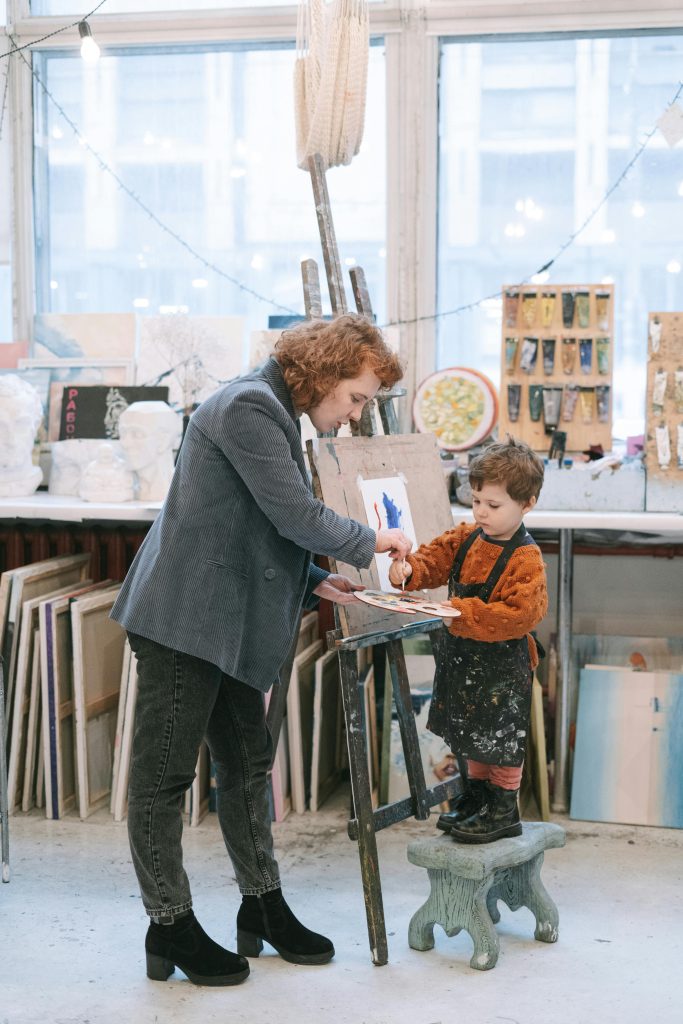
Mothers hold several responsibilities other than taking care of your child. You often focus on protecting your homes but forget to learn one important skill. Knowing how to do CPR can be the difference between life and death. It is especially during situations such as drowning, choking, or sudden cardiac arrest.
CPR certification empowers mothers to act confidently during critical moments of crisis. You can be trained to save your child, your partner, and anybody else who needs help. So it is not just about protecting your family, but about gaining peace of mind knowing that now you are well prepared.
Why is CPR certification important for mothers?
Whether it’s a child choking or a family member experiencing sudden cardiac arrest, being prepared to act quickly is vital. Having CPR knowledge gives mothers the confidence to respond effectively when every second counts.
- Immediate Response to Emergencies: Emergencies can happen at any time, often without warning. Mothers who are CPR certified can provide immediate assistance before medical professionals arrive.
- Protecting Young Children: Children, especially infants and toddlers, are prone to accidents like choking. CPR certification trains mothers to recognize and prevent emergencies.
- Peace of Mind: Knowing CPR provides mothers with a sense of security. It reduces anxiety and keeps you calm. This enables you to stay calm and act confidently during a crisis.
- Supporting Elderly Family Members: Many families include elderly relatives who may be at risk for heart attacks or strokes. CPR certification enables mothers to care for aging parents or grandparents in emergencies.
- Promoting Safety Awareness: Being CPR certified encourages mothers to promote safety in their homes. Additionally, you can also learn the measures to prevent such crises.
What are the skills that mothers should know?
Now that you are ready to learn CPR, here are a few things you must know:
1. How to Identify When CPR is Needed
One of the first steps is recognizing the signs that someone needs CPR. If a person is unresponsive, not breathing, or only gasping, CPR should be started immediately. Moms should know that acting quickly is crucial, as every minute without CPR decreases the chance of survival. Early recognition leads to a faster response and better outcomes.2. The correct hand placement for chest compressions
Knowing the proper technique for chest compressions is key. For adults and children, the hands should be placed in the center of the chest, pressing hard and fast. For infants, use two fingers instead of hands. Proper hand placement ensures that compressions are effective in helping the heart circulate blood.3. The Right Compression-to-Breath Ratio
In CPR, it’s important to remember the 30:2 rule—30 compressions followed by 2 rescue breaths. This ratio ensures that oxygen is delivered to the body while maintaining blood circulation. Moms should know that focusing on compressions is more important if they are unsure about giving breaths. The key is to keep the blood flowing to vital organs.4. How to Perform Infant CPR
CPR for infants is different from adults and requires gentler techniques. Moms should know to use only two fingers for compressions and give smaller, more controlled breaths. The head should be tilted slightly to ensure proper airway alignment. These adjustments are vital for providing safe and effective care for babies.5. The Importance of Staying Calm and Confident
In an emergency, staying calm can make a huge difference in how effectively CPR is performed. Panic can slow down response time or lead to mistakes. Moms should practice remaining composed and confident, even in high-stress situations. Having the mental preparedness to act calmly ensures better focus and helps in saving lives.How can mothers get CPR certified?
Are you a busy mom? Don’t worry. Seeking CPR certification is not at all difficult. It comprises these simple steps:
- Research local and online CPR classes: Start by researching local hospitals, community centers, or online platforms that offer CPR certification. Many places offer weekend or evening classes that fit a busy mom’s schedule.
- Choose a Course That Fits Your Schedule: Select a course that offers the certification level you need, whether it’s basic CPR or a more advanced option. Look for classes with short, focused sessions that won’t take up too much of your day. Many organizations offer same-day certification courses that can be completed in just a few hours.
- Register and Prepare for the Class: Once you’ve found the right course, sign up and make sure to set aside time for it in your schedule. Most classes don’t require much preparation, but reading up on the basics beforehand can help. Bring any necessary materials, like notebooks, and be ready to ask questions.
- Attend the hands-on training: During the class, you’ll get hands-on experience performing CPR on mannequins. Instructors will teach you and allow you to practice.
- Receive Your Certification and Keep It Updated: After completing the course, you’ll receive your CPR certification, which is valid for two years. Make a note of when it expires, and be sure to renew it before time.
Conclusion
CPR certification is a valuable course that equips mothers with essential skills. So whether you want to act confidently in an emergency or offer life-saving care, CPR helps you throughout. The skills are essential for all moms to take the right course of action during emergencies. It helps mothers stay calm, act promptly, and save the lives of loved ones. So if you are a mother, do not live in fear. Instead, get trained and practice regularly to ensure that your skills stay sharp.
Information contained on this page is provided by an independent third-party content provider. Binary News Network and this Site make no warranties or representations in connection therewith. If you are affiliated with this page and would like it removed please contact [email protected]



Comments